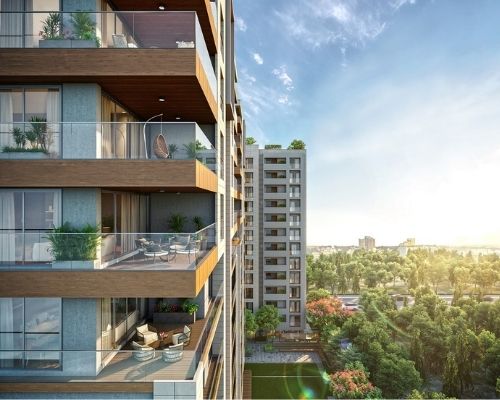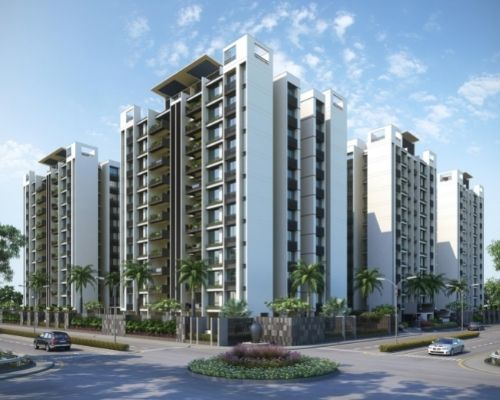
The Union Budget 2019-20 was presented after a majority win by the current government. This budget comes amidst low growth cycle and subdued investment growth – both in the world economy and India.
India continues to remain a mixed bag of strength and weakness. While it is the sixth largest economy and continues to remain the fastest growing, it has also now been growing at its slowest pace in four years, with government spending on infrastructure and social programs holding up growth numbers.
The year 2019-20 is likely to set the stage for future growth. We expect that political stability will augur well for pushing forward with the implementation of key programs and policies, which is likely to stimulate higher capacity utilisation and positive business sentiment in FY19-20.
Budget Proposals to Boost Growth
The second phase of PMAY-G expects to deliver 19.5 million houses. There is an expectation to amend FDI and foreign debt policies to avail
required funding for the sector.
The following fiscal benefits are offered for housing projects which fulfill the prescribed conditions:
The developer can avail a tax exemption on the
normal profits;
However, the corresponding benefit is not provided under the MAT provision and hence, the actual benefit is limited to the difference between the normal taxation and MAT taxation;
There seems to be a disconnect in a couple of conditions proposed under the budget:
On the other hand, even the end users stand to gain where they can avail tax benefit on interest payment up to INR 0.15 million on loan is taken for residential house property subject to fulfillment of conditions.
Buyers of house property shall be obliged to withhold tax @ 1 percent at the time of purchase of the immovable property. The consideration shall be inclusive of miscellaneous payments like a club membership fee, car parking fees, electricity and water facility fees, maintenance fees, etc., which are charged by the sellers.
In nutshell, I believe Modi Govt. 2.0’s pro-active approach to the real estate sector is expected to bring relief to the homebuyers, big and medium scale real estate developers could give a major boost to the sector by undertaking major affordable housing projects across the country.
10th Floor, Orbit-2,
Beside Celestial Dreams,
Vesu Canal Road,
Vesu, Surat-395007
10th Floor, Orbit-2,
Beside Celestial Dreams,
Vesu Canal Road,
Vesu, Surat-395007
Pramukh House,
Near MamtaHospital,
Vapi DamanRoad, Chala,
Vapi – 396191
Powered By : Pramukh

We Build Growth By Rebuilding Our Success

Where You Want To Buy A Property?

Constructed More Than 12 Million+ Sq. Ft.

Exclusive Events, Priceless Memories

Work At Gujarat’s Finest Real Estate Group

A Peep Into New Perspectives

We’d Love To Hear From You